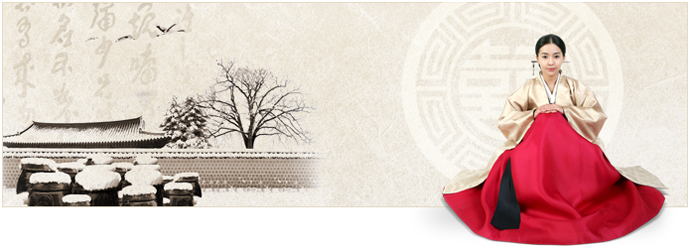 |
South Korea, like North Korea, is one of the most ethnically homogeneous countries in the world. Almost all of its people are ethnically Korean. Koreans are the descendants of Neolithic people who began to migrate to the Korea Peninsula from the northeastern Asia mainland, including the Siberian region, as early as 5000 BC. These people replaced earlier Paleolithic cultures that had inhabited some areas of the peninsula for about 40,000 years.
People of Chinese descent make up the country`s largest minority group. The resident population also includes a growing number of foreign nationals, which include migrant laborers from South and Southeast Asia as well as business people, diplomats, and other professionals from many parts of the world.
South Korea`s national language is Korean, a distinct language that linguists have not firmly categorized in any language grouping, although it is most often included in the Altaic language family. Of all languages, Korean is most similar in grammar to Japanese. Because of a long history of contacts with China, the Korean vocabulary contains many Chinese words. Korean is written in a unique phonetic script known as Hangeul, which was introduced in 1446 under King Sejong of the Choseun dynasty (1392-1910).
The Korean language did not have its own alphabet before the invention of Hangeul. Until then, the Korean language was written in a modified Chinese script. The Chinese ideographs, or characters, represent words and meanings rather than pronunciation. Because they were developed for a completely different language, they did not reflect the sounds and grammar of Korean. For this reason, King Sejong commissioned a group of scholars to invent Hangeul, a script composed of phonetic symbols that accurately represent spoken Korean.
Although sophisticated, Hangeul is easily learned, as King Sejong had intended in order to increase literacy among all classes in Korea. Chinese characters remained the more prestigious, and preferred, script of the educated elite until the 20th century, when Hangeul was widely adopted in South Korea as a symbol of national identity. Today, written Korean often combines Hangeul symbols with some Chinese characters.
Buddhism and Christianity are the largest religions in South Korea. However, many South Koreans do not adhere to any one religion and in practice often combine different belief systems in their lives. As a result, religious distinctions are often blurred.
Confucianism, more a moral philosophy than a religion, is in many ways more prominent in Korean culture than any organized religion. Confucianism was introduced from China as much as 2,000 years ago. Many of its teachings are an integral thread in the social and moral fabric of South Korea. Confucianism is evident in practices such as giving priority to education and respect to elders, as well as the performance of memorial ceremonies for ancestors. |
|